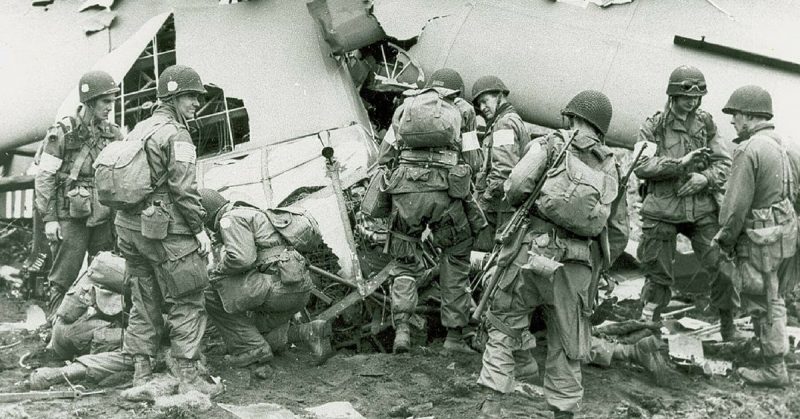War History Online presents this Guest Article by Mark Gero
On February 4, 1945, in the Crimean city of Yalta, three of the greatest minds in history gathered for their second meeting to determine the outcome of the German Reich once the Nazis had been defeated.
Soviet leader Joseph Stalin intended to control the eastern half of Europe under communist rule. At the time of the conference Soviet forces were 65 km from Berlin, Germany’s capital. The Soviet leader was in a strong position.
The western part of the continent was to be in the hands of US President Franklin Roosevelt and his British ally Winston Churchill. Roosevelt wanted Soviet support in the Pacific when America invaded Japan. Churchill wanted elections and democratic governments restored in countries formerly occupied by the Germans. They both wanted the Soviets to join the United Nations.
Had a plan which had been executed four months earlier been successful, the British and American forces would have been at the gates of Berlin. Yalta may have resulted in a very different meeting.
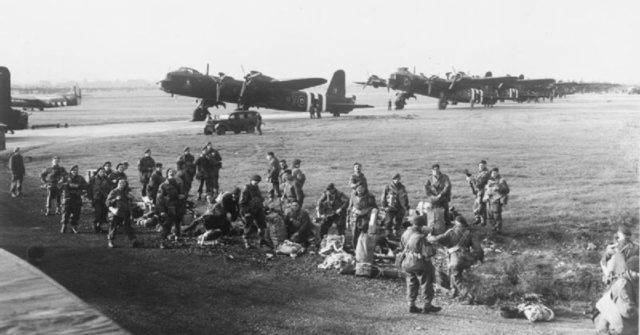
On September 17, 1944, the plan, devised by British General Bernard Montgomery, commenced. American forces, advancing on a broad front from the Normandy beaches into the Belgian countryside had stalled as supplies of fuel for their transport had run out.
Montgomery had obtained permission from American General Dwight Eisenhower, to initiate Operation Market Garden. Eisenhower did so to keep the retreating Germans under pressure, but he gave “limited priority” regarding supplies to the plan.
The strategy was to drop three airborne divisions into the Netherlands, with the objective of capturing the town of Arnhem on the Rhine river. Troops would then drive into the industrial heartland of Germany, cutting off supplies to the Reich in the Ruhr valley. They would then head towards Berlin.
The American 101st Airborne Division, led by General Maxwell Taylor, was to be dropped into the area around Eindhoven. The US 82nd, led by General James Gavin, was to land further north, to surround the town of Nijmegen and capture the bridge in that region. The big prize went to the British 1st Airborne group, who, along with the Polish Airborne Brigade, was to parachute into Arnhem, on the Rhine river.
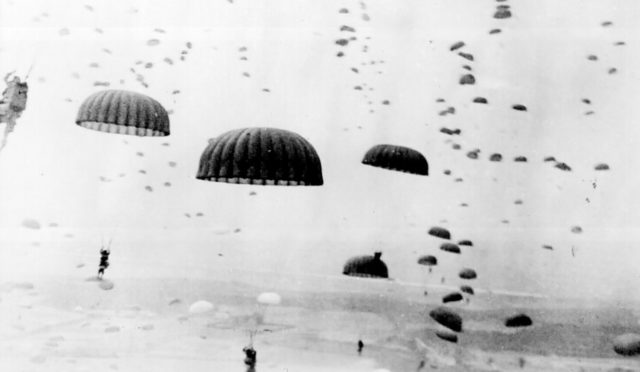
The key factor in the operation was the British XXX Corps, led by General Brian Horrocks. Starting from northern Belgium, they would push their way through Eindhoven and Nijmegen and finally liberate the airborne units at Arnhem.
The Operation was supervised by Lieutenant General Fredrick “Boy” Browning who, after many attempts for command of such a mission, was hoping for success. However, the operation was a huge disaster.
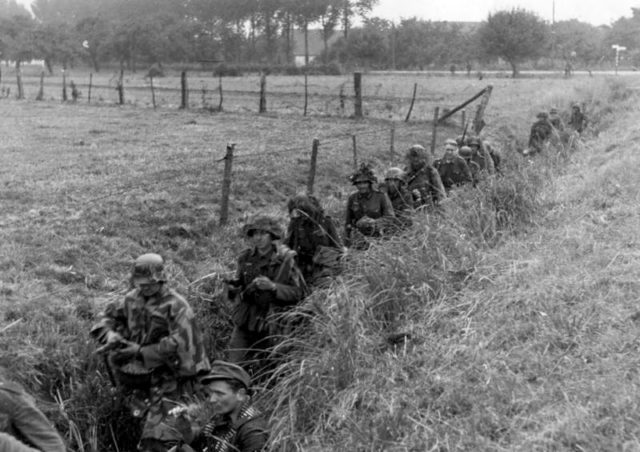
Browning knew from reports by the Dutch resistance and photo reconnaissance by allied planes that German troops were in the area. But both Montgomery and the General were convinced the operation should proceed anyway. They believed the German forces consisted of young soldiers, along with inexperienced recruits. In fact, Arnhem contained the toughest units in the German army. Resting and regrouping in the area were two SS Panzer divisions, awaiting further orders.
The 101st parachute units landed perfectly, reaching Eindhoven where they were stopped as the Germans had destroyed the Son bridge. XXX Corps had a tough time just getting to the area, as they had been slowed by anti-tank weapons and enemy units on the narrow Dutch roads. By the time British engineers had finished installing a pontoon replacement at Son, XXX Corps had been waiting 36 hours before they could move on to Nijmegen.
The 82nd had initial success, but after taking the Grave Bridge intact, they attempted a river assault in broad daylight on the Nijmegen bridge. Their boats had been delayed in the traffic jams on the narrow roads. The attack was successful, but many lives were lost. By the time the units arrived at the bridge, XXX Corps was through the center of Nijmegen and heading to meet them.
German attempts to destroy the bridge failed, and XXX Corps were able to cross and continue on their way to the final meeting point eight miles away. However, due to the problem with delays, XXX Corps had taken much longer than anticipated to relieve the 1st Airborne at Arnhem. When they arrived, the 1st Airborne had been there for nine days instead of three. They had also landed approximately 10 miles from their target and had to walk there with all their gear.
Another unit of the 1st Airborne was so far behind; they stopped to wait for further orders. Meantime, SS units nearby regrouped preventing the 1st Airborne from joining the other divisions, who were fighting the rest of the SS groups at the southern end of the bridge.
XXX Corps tried to punch through but were stopped in their tracks at Aalst, five miles away. The 1st Airborne were lightly equipped and no match for SS units.
Eventually, they were overcome. Some units from the 1st Airborne, escaped across the Rhine, while the rest surrendered. It was simply “A Bridge Too Far.”
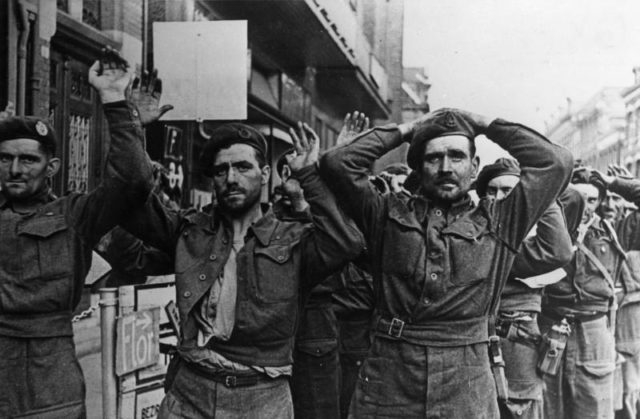
The Operation from a military standpoint was a major disaster, and Eisenhower continued with his broad front approach. Montgomery was never trusted to lead another operation. If he had taken more time with the attempt, it could have worked. It was a test of Montgomery and Browning’s egos that failed.
If the Operation had worked, the Yalta Conference might have obtained a different outcome.
